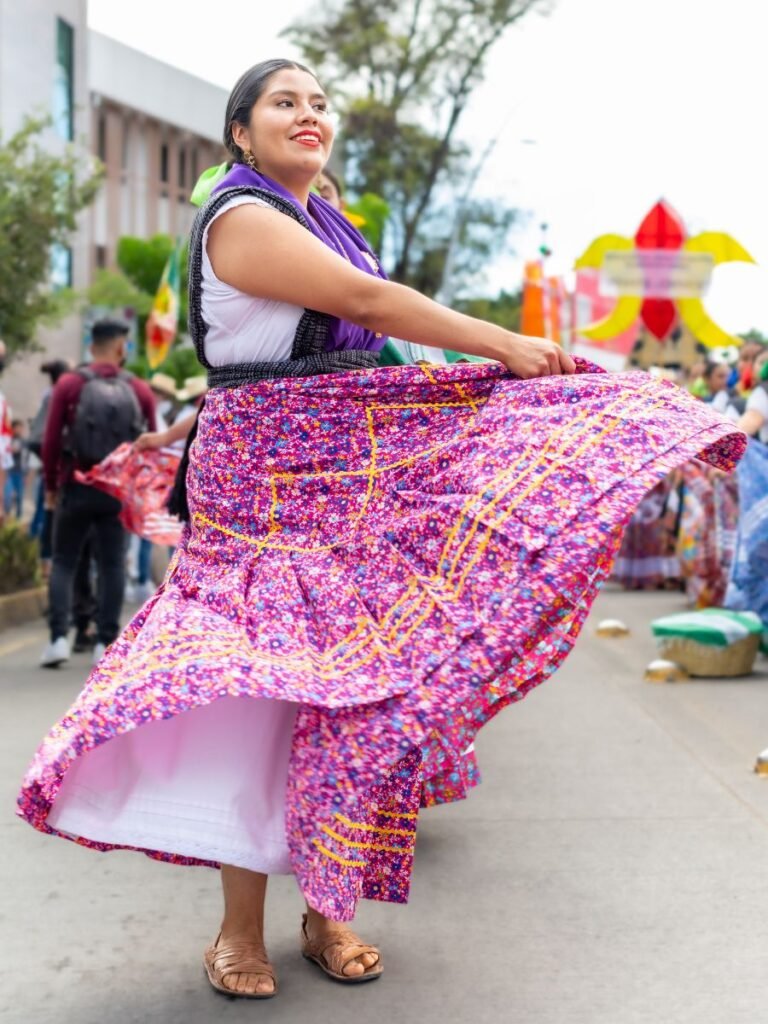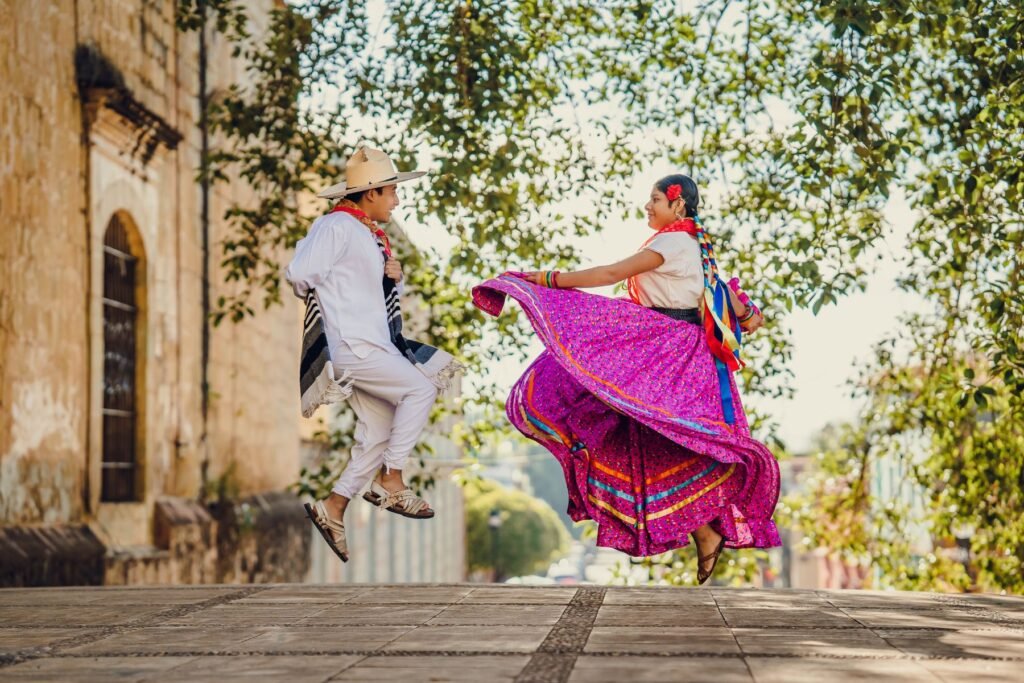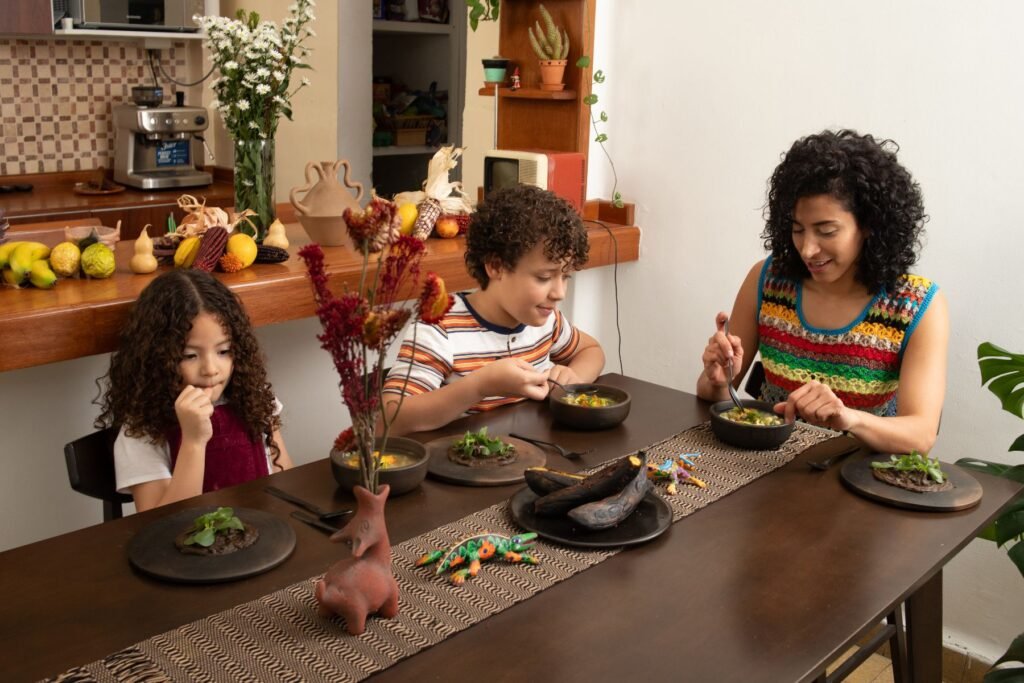Oaxaca’s Guelaguetza Festival in July offers one of Mexico’s most vibrant cultural experiences with vibrant traditions, music, dance and an overwhelming sense of community – offering visitors an exceptional and truly one-of-a-kind experience. Here’s an outline to help you get an idea of how amazing your experience might be if you travel to Mexico on this festival.
1. Introduction to Guelaguetza

- Background and Origins of Guelaguetza: The word “Guelaguetza” derives from Zapotec language, translating as offering or reciprocal gift. The festival has deep-seated traditions within Oaxaca’s indigenous population where cooperation, mutual aid, and celebration of cultural identity have long formed the cornerstones of society.
- Historical Significance: Initially, this festival commemorated pre-Hispanic indigenous worship of corn and fertility through pre-Columbian festivals, over time however it has since developed into a diverse array of cultural practices combining indigenous with Catholic customs since Spain colonization.
2. Oaxaca at the Center of the Festival

- Location and Atmosphere: Set against Oaxaca’s beautiful mountain backdrop – which makes UNESCO World Heritage site status even more of an attraction – the Guelaguetza festival brings an energetic buzz throughout all eight regions in Mexico during an entire week-long celebration.
- Oaxacan Culture: Oaxaca is famous for its indigenous cultures and during Guelaguetza each group showcases their customs, dress and food that distinguish themselves. Visitors become immersed in an experience to honor cultural diversity and heritage of Oaxaca’s inhabitants.
3. Ceremonies and Activities at Guelaguetza:

- Dancing Performances: Dance performances by delegations representing different regions is one of the highlights of Guelaguetza Festival, with groups performing traditional dances wearing distinctive regional attire to live music played on instruments like drums, violins or flutes accompanied by choreographed routines that feature live instruments like flutes or violins as accompaniment.
- The Danza de la Pluma (Feather Dance) is one of the world’s best-known performances, symbolizes Spanish conquest.
- Jarabe del Valle dance is another popular form that engages audiences through its lively rhythms.
- Costumes and Symbolism: Costumes worn during dance performances serve to symbolize each region’s distinct cultural traditions and identities. Women’s dresses may feature hand weaving with intricate embroidery adornment; other accessories often represent local customs as well.
- Music: At this festival, traditional music of many kinds-ranging from rhythmic marimba beats and soulful harp melodies-reflecting cultural diversity of the region is presented through traditional and folk performances.
4. La Rotonda de Las Azucenas: The Main Event
- The Venue: For Guelaguetza events, La Rotonda de las Azucenas is the premier hilltop auditorium with stunning panoramic views of Oaxaca that welcomes thousands of spectators eager to witness performances by artists at Guelaguetza events.
- Performances: Guelaguetza’s performances take place over two consecutive Mondays known as “Lunes del Cerro” (Mondays on the Hill), where dance groups present performances related to their region’s history or traditions – be they harvest dances, war reenactments or another variety. Each group presents something new.
- Gift Offerings: At the conclusion of each dance performance, participants throw gifts such as fruits or food or handmade crafts into the crowd as part of an offering, signifying reciprocity and generosity central to this festival.
5. Indigenous Roots and Cultural Significance
- Zapotec and Mixtec Traditions: The Guelaguetza is deeply rooted in both Zapotec and Mixtec traditions, recalling Oaxaca’s indigenous past while helping preserve ancient customs through modern efforts at preservation.
- Reciprocity in Tradition: At its heart, Guelaguetza festival’s essence lies in giving back and reciprocity – where giving back is more valued than receiving gifts – making giving back an integral part of festival experience that promotes harmony among participants and spectators alike.
6. Local Cuisine and Dining Options

- Traditional Oaxacan Dishes: Guelaguetza provides visitors with an authentic culinary experience. Street vendors sell delicacies such as:
- Tlayudas: an enormous tortilla with refried beans, avocado slices, meat slices and cheese on top.
- Mole: Oaxaca is famous for its variety of moles, particularly it’s Dark Mole Negro made with chocolate, chilis, and various spices.
- Chapulines: Fried grasshoppers coated in garlic, lime zest and salt offer a tasty local snack.
- Mezcal: Oaxaca, Mexico’s birthplace for mezcal, offers tasting sessions of this aromatic alcohol from small-scale producers from neighboring villages. Local vendors provide these tasting opportunities.
7. Artisan Markets and Crafts
- Oaxacan Crafts: At this year’s festival, artisans from throughout Oaxaca come to showcase their handmade creations at markets set up around the city, such as alebrijes (colorful wooden animals with intricately detailed paint jobs) black pottery or intricate textile weavings that they sell at markets set up around town.
- Support Local Artisans: The Guelaguetza provides an opportunity for visitors to support indigenous artisans through purchasing products passed down from generation to generation, which have been passed along over generations in this region’s indigenous peoples’ dedication and skill.
8. Tourist Experience and Inclusivity
- Engaging Locals: For visitors, one of the best aspects of attending Guelaguetza is engaging directly with its community. Tourists may join dance performances or try on traditional attire before participating in communal meals together with local residents.
- Inclusive Atmosphere: The Guelaguetza’s open and inclusive nature make for a memorable festival experience for both Oaxacans and visitors from abroad alike. Join in and make this celebration unforgettable.
9. Beyond the Guelaguetza: Exploring Oaxaca:
- Oaxaca City: While exploring Oaxaca City, visitors will have ample opportunity to admire its rich colonial architecture such as Santo Domingo Church and Zocalo (main square). Oaxaca also houses numerous museums that provide insight into indigenous heritage of its state; these include Museo de las Culturas de Oaxaca that provides an in-depth knowledge.
- Monte Alban: Just minutes from the city, Monte Alban offers ancient Zapotec ruins which boast breathtaking panoramic views across its valley and provide insight into an era when that civilization once reigned supreme in this region.
- Outlying Villages: Outside the city are numerous indigenous villages famous for their distinctive crafts and traditions, like weaving at Teotitlan del Valle or black pottery production at San Bartolo Coyotepec in San Bartolo Coyotepec – making these experiences more intimate cultural experiences than visiting larger centers such as Mexico City itself.
10. Reflection on the Guelaguetza Experience
- Cultural Appreciation and Preservation: The Guelaguetza is more than an eye-catching spectacle; it serves as an inspirational demonstration of Oaxaca’s diverse indigenous cultures that continues to thrive despite centuries of neglect from outsiders. Not only does the festival honor them for future generations but helps maintain them through celebration as well.
- An Experience from the Past: By attending Guelaguetza, visitors gain a deeper insight into Oaxaca’s indigenous history that helped form Mexico and by extension Oaxaca as well. It serves as a reminder to keep traditions, cultural identity and community at the core of everyday lives as our world becomes evermore globalized.
Conclusion
Attending Oaxaca’s Guelaguetza Festival offers visitors an unforgettable cultural experience. From mesmerizing dances and traditional music, vibrant costumes, delicious food and spectacular displays of performance art to its celebration of life history and shared human experience – visitors leave having gained new appreciation of Mexico’s indigenous heritage and community spirit that characterises Guelaguetza.
This structure should help you create an informative and captivating 1500-word article on the Guelaguetza Festival.
